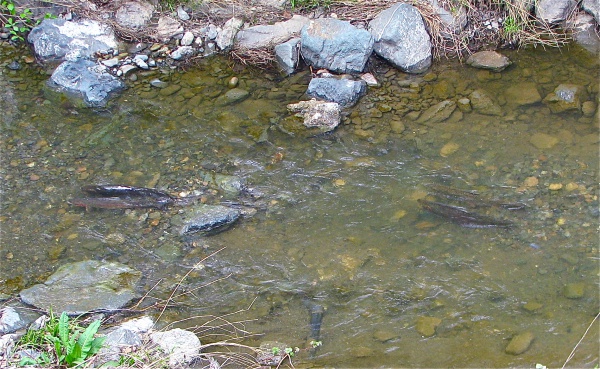Facts About Rainbow trout
The rainbow trout is a type of salmonid fish that originates from the cold-water streams and rivers connected to the Pacific Ocean in Asia and North America. There is a specific variant of this fish, known as the steelhead, which lives in the ocean but returns to freshwater to spawn. Rainbow trout have been introduced worldwide for both culinary and recreational purposes, but this has sometimes negatively impacted local fish species. Some populations of rainbow trout are now considered threatened or endangered. Their scientific name is Oncorhynchus mykiss.
Unlike some other trout species, rainbow trout have a varied diet and are not particularly aggressive. They are farmed in many countries and are highly prized by anglers. Unfortunately, steelhead populations have been declining due to various factors, prompting conservation efforts. Invasive species such as the New Zealand mud snail and whirling disease also pose significant threats to rainbow trout populations.
Interestingly, rainbow trout are even utilized in water purification facilities to help gauge water quality. When it comes to consumption, farmed rainbow trout are often preferred over wild-caught steelhead, primarily because wild populations are dwindling. These fish boast a mild, nutty flavor and are rich in vitamin B. They are typically cooked with their skin on and pair well with medium to full-bodied white wines.
Conservation efforts are crucial to protecting native trout populations, restoring their habitats, and preventing them from hybridizing with other trout species. Organizations such as Trout Unlimited and the Wild Salmon Center are actively working to conserve and restore native rainbow trout and steelhead populations. Various strategies are employed to support native fish, including managing and sometimes removing rainbow trout from certain areas. Steelhead populations face significant challenges, including overfishing, habitat destruction, and pollution.

 United States
United States